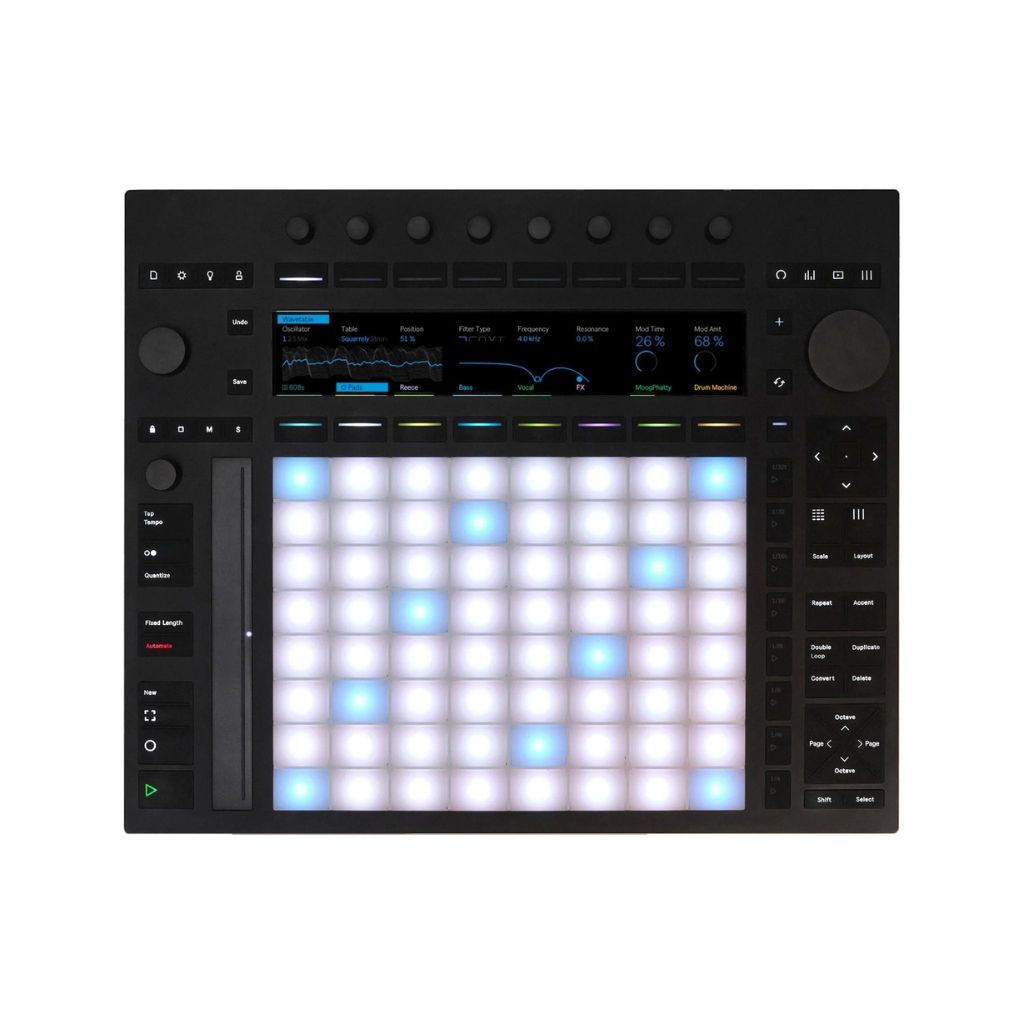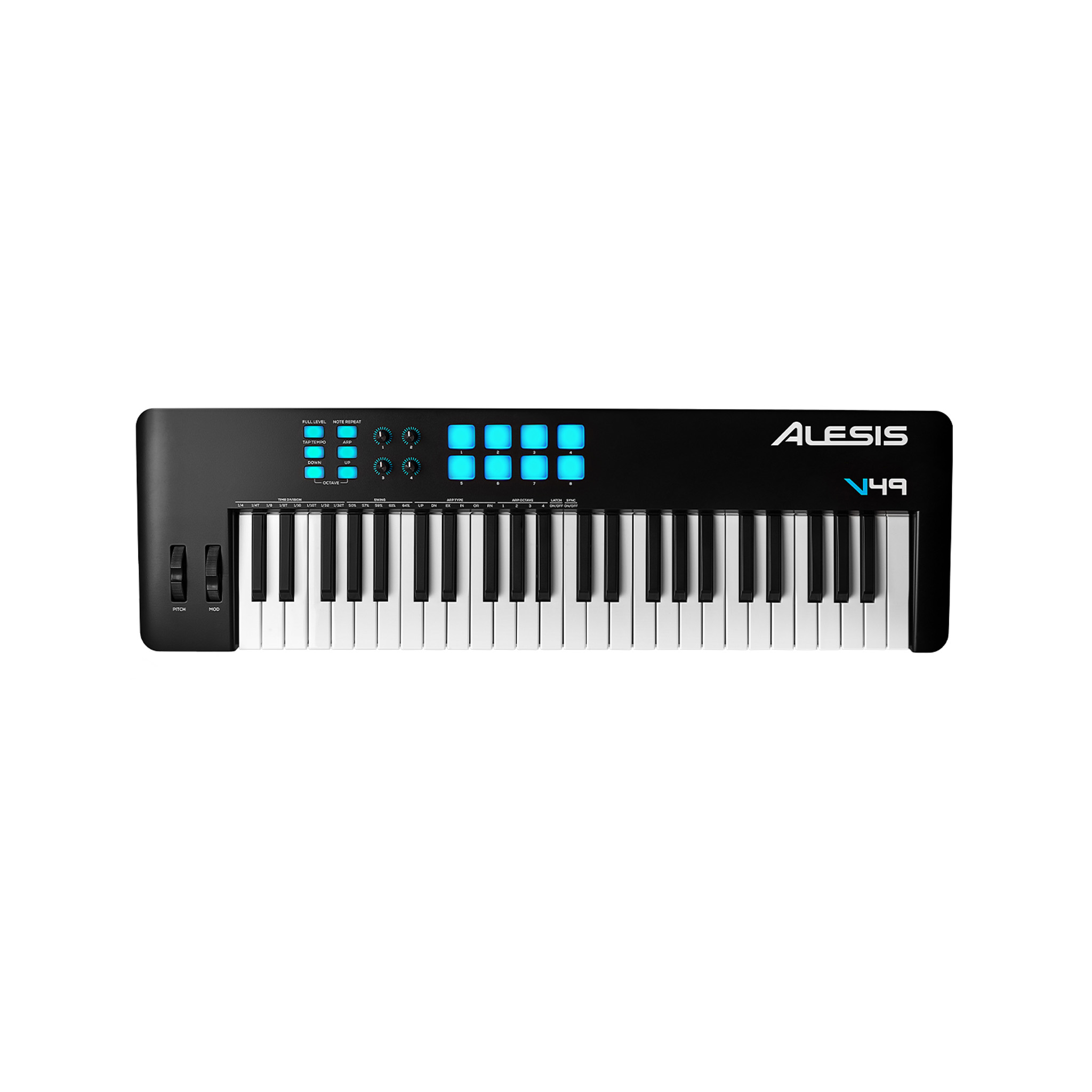Focal’s Trio6 monitors are $3,499 each but worth every penny
The French monitoring expert has been redesigning its original professional range to great effect, with this currently top-of-the-line model promising superlative auditory performance.
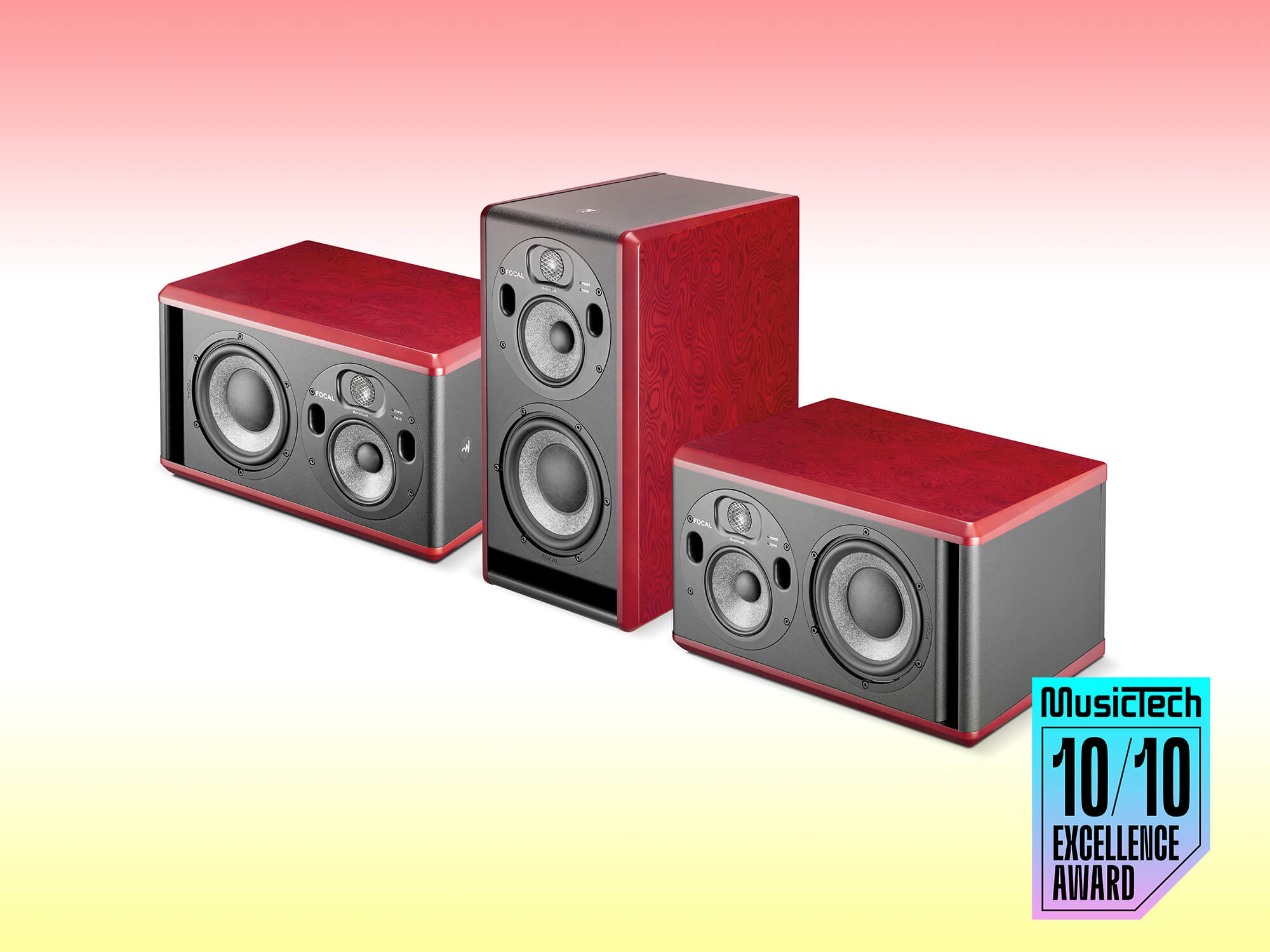
Focal Trio6 studio monitors
Review Overview
Our rating
10
Our verdict
⊕ Rotating mid/high frequency driver housing for horizontal orientation
⊕ Heaps of clean power to drive larger rooms
⊕ Two-position Focus mode for mid-only mix checking
⊕ High build quality throughout
⊖ Their substantial size and weight will necessitate high quality stands and/or isolators
£2,599 / $3,499.00 each, focal.com
Focal’s Trio6 studio monitor is a dual heavyweight monitor with a price tag of $7,000 per-pair and a combined mass of 50kg. It certainly doesn’t come cheap but this isn’t an unusual price in the world of pro studio monitoring, where performance gains require ever-increasing investments in materials, R&D and ingenuity; gains which are expected by highly demanding professionals and manufacturers alike.
Those who’ve experienced the older Trio6 Be, or either of the ST6 stablemates will expect a high level of accuracy and finesse from this new 3-way monitor.
Such an expectation is met in full as the Trio6 immediately delivers supreme fidelity.
Apex mids
The critical mid-range detail that is a consistent hallmark of Focal monitors appears at its apex with this three-way design.
The two crossover areas between the mid and high-/low-end drivers have been expertly managed to appear seamless with no audible losses or phase shifts, just wrinkle-free audio that brings the source to the room with stunning precision.
High end
Up top, there are no hyped brightness bumps or presence losses; transients fire out untamed and complex high-frequency overlaps are as easy to identify as you’ll find anywhere.
Some monitors initially appear crystal clear but eventually, after hours of use, result in ear fatigue. After many hours with a pair of Trio6, we experience no such weariness. Getting into the nitty-gritty with high-frequency EQs is as easy as it gets and small differences are quick to perceive.
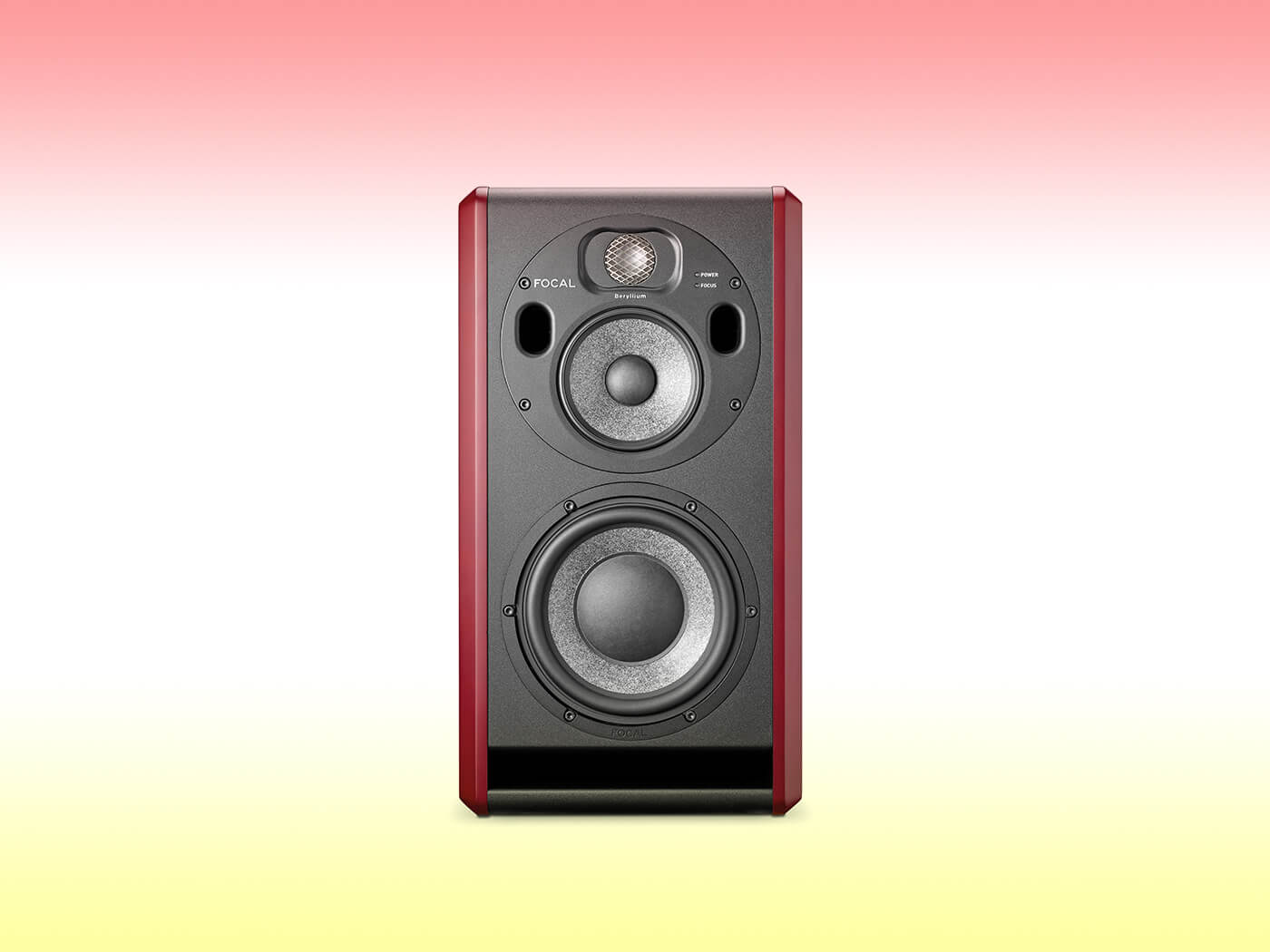
Mass and lows
The sheer mass of the front-ported Trio6 is explained at the other end of the spectrum where, again, there is so much to love.
These monitors have a rated -3dB range cutoff of 35Hz, though there’s still some juice down at 30 Hz. In use, this makes them capable of handling most of the sub-bass found in many musical as well as post-production contexts.
For those wanting to get their rumble on down to 20 Hz, a sub unit will slot right in (such as Focal’s Sub12 or the more affordable Sub One), with the aid of the onboard three-position high-pass filter.
In reality, there is little need for extending the Trio6 any further as they are effortless in rendering 808-style booms, film/gaming explosions and all the unwanted crud mastering engineers need to identify and neutralise.
Of course, it’s not just about how low they go. The Trio6s project an immaculate sound from the low mids down, revealing lumps, bumps and resonances without blurring overlapped sources. As it’s across the audio range, you’re offered an unexaggerated sonic window that allows big-picture analysis and microscopic examination simultaneously.
When it comes to mixing bass and kick drums, there is a true sense of being able to reach in and detangle sounds, quickly hearing subtle changes as they take effect. It’s not just about subtlety either; with the confidence the highly sensitive Trio6s bring, you can be more radical with a mix.
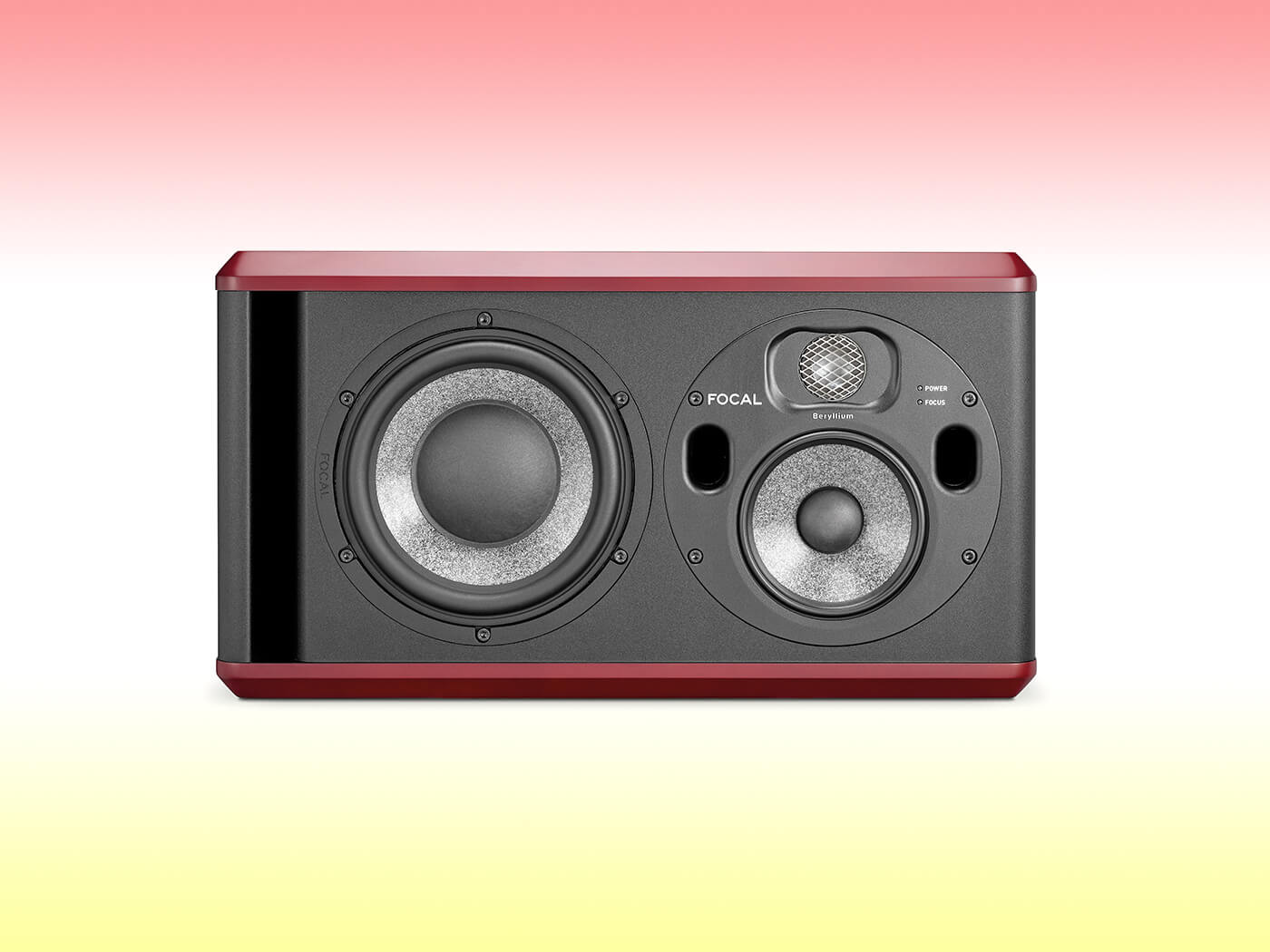
Sweet dynamics
The Trio6s bring you all the punch without losing the delicate transient details, as well as highlighting when they’re missing in action. Compression effects, too, are easy to pick out.
Coupled with the dynamic delivery is the reproduction of sustained sounds, from instrument tones to reverb tails. Reverb decays of any length can be singled out from dense mixes, as can problem hums and resonances, both of which are essential for effective mixing and mastering.
The stereo imaging is also in the same league, which not only makes lush mixes a pleasure to behold but their creation a far easier and more creative process. The soundstage remains stable off-axis – as should be expected of monitors in this price range – and for those who prefer a horizontal orientation, the mid and high-frequency driver section can be rotated 90 degrees to keep them vertically aligned.
There are many opinions on the efficacy of horizontal or vertical positioning but, in practice, a pair of Trio6 monitors can create a wide listening sweet spot either way. The phase shift that comes with moving off-axis horizontally with monitors on their sides does come into play a little in the low mids, as physics dictates, but the sweet spot is well worth it. In their vertical position, they are hard to beat.
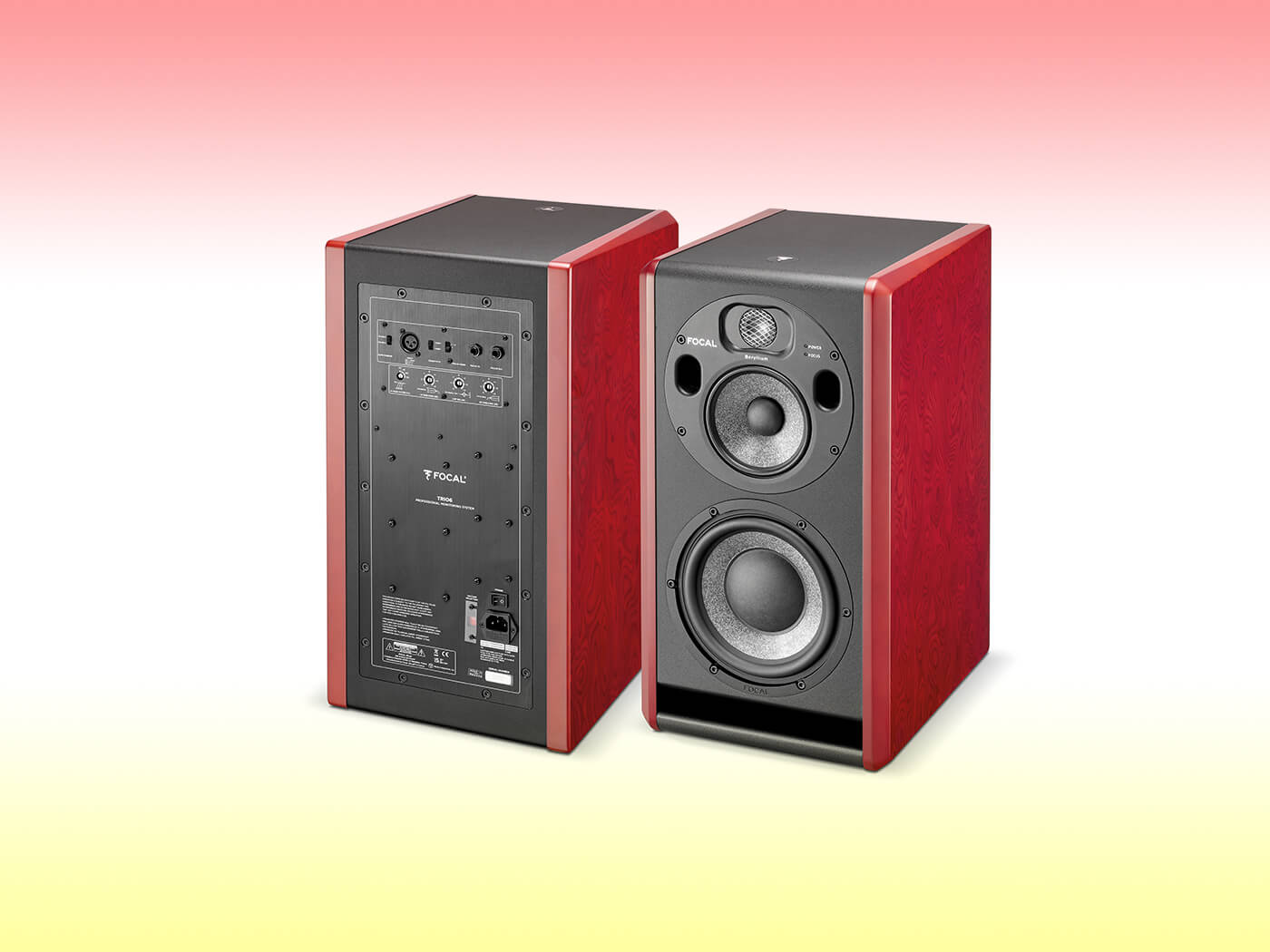
Room power
The Trio6s require either heavy-duty speaker stands or a substantial platform to bear their 25kg weight and, due to their mass, low-frequency extension and power handling, they will also benefit from high-quality isolation, such as the ISO-200s from IsoAcoustics.
Their imposing size suggests they are best suited to medium to large rooms, and they pack enough power to drive highly absorptive rooms.
During testing, we cannot find their point of maximum undistorted output – it gets way too loud to discern. Even for those who work loud, the efficient Class G mid and low-driver amplifiers will keep these high-powered monitors from killing your electricity budget, even if they kill your hearing in the process.
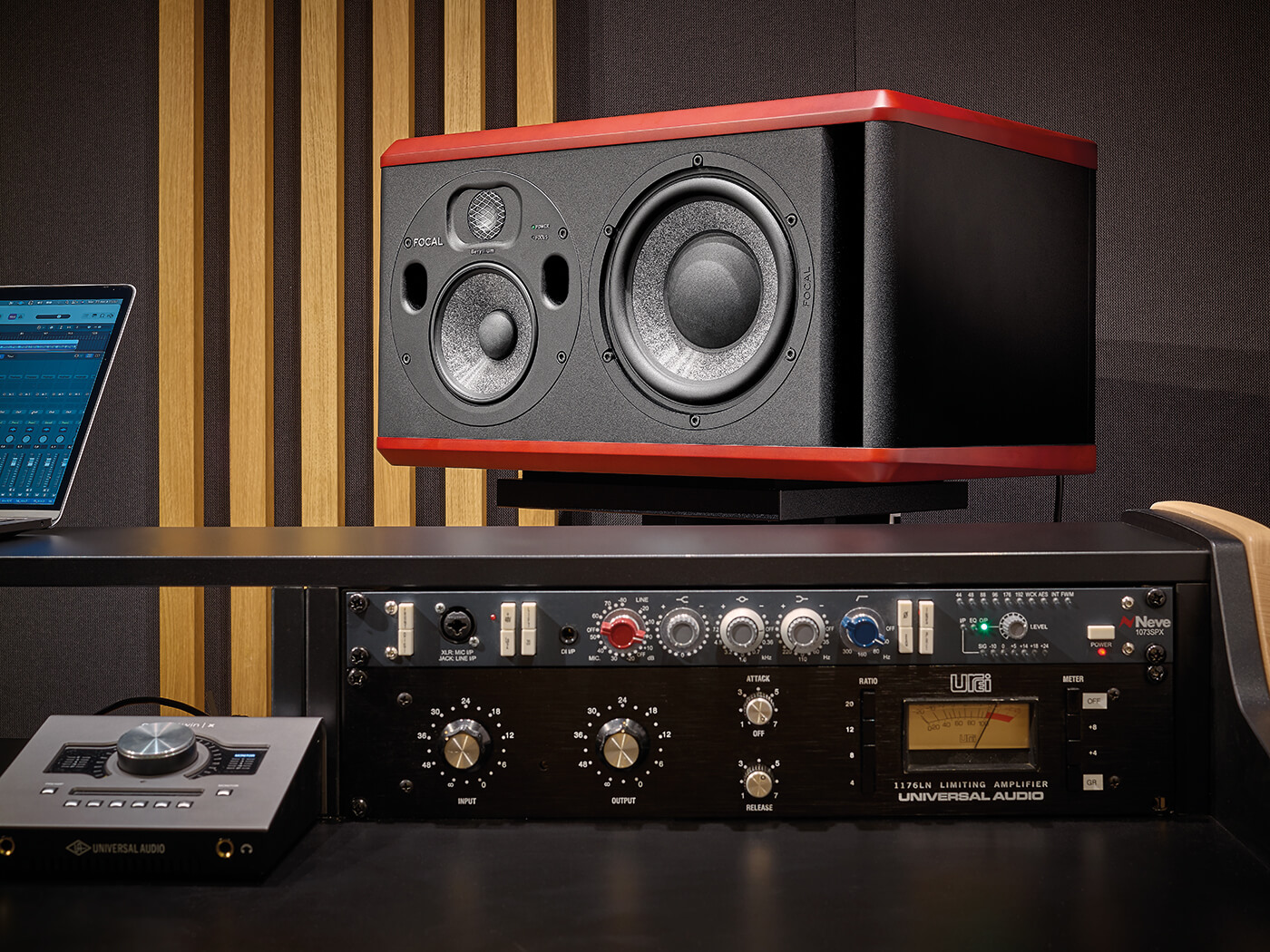
Simple, focused
They may work beautifully right out of the box, but there are also simple, detented EQ controls on the rear panels for gently shelving the high and low-frequency ranges and allowing a cut/boost around 160 Hz to counter the effects of surfaces such as mixing consoles and work desks. These are all effective without bamboozling you, and frankly little adjustment will be needed; if they don’t sound right it’ll be the room, not the Trio6s.
For added flexibility is the Focus Mode which allows, via a footswitch (not supplied), the sole use of either the mid or the mid and high drivers, effectively soloing the mid-range during mixing/mastering. It may not be fancy but it’s a very useful addition.
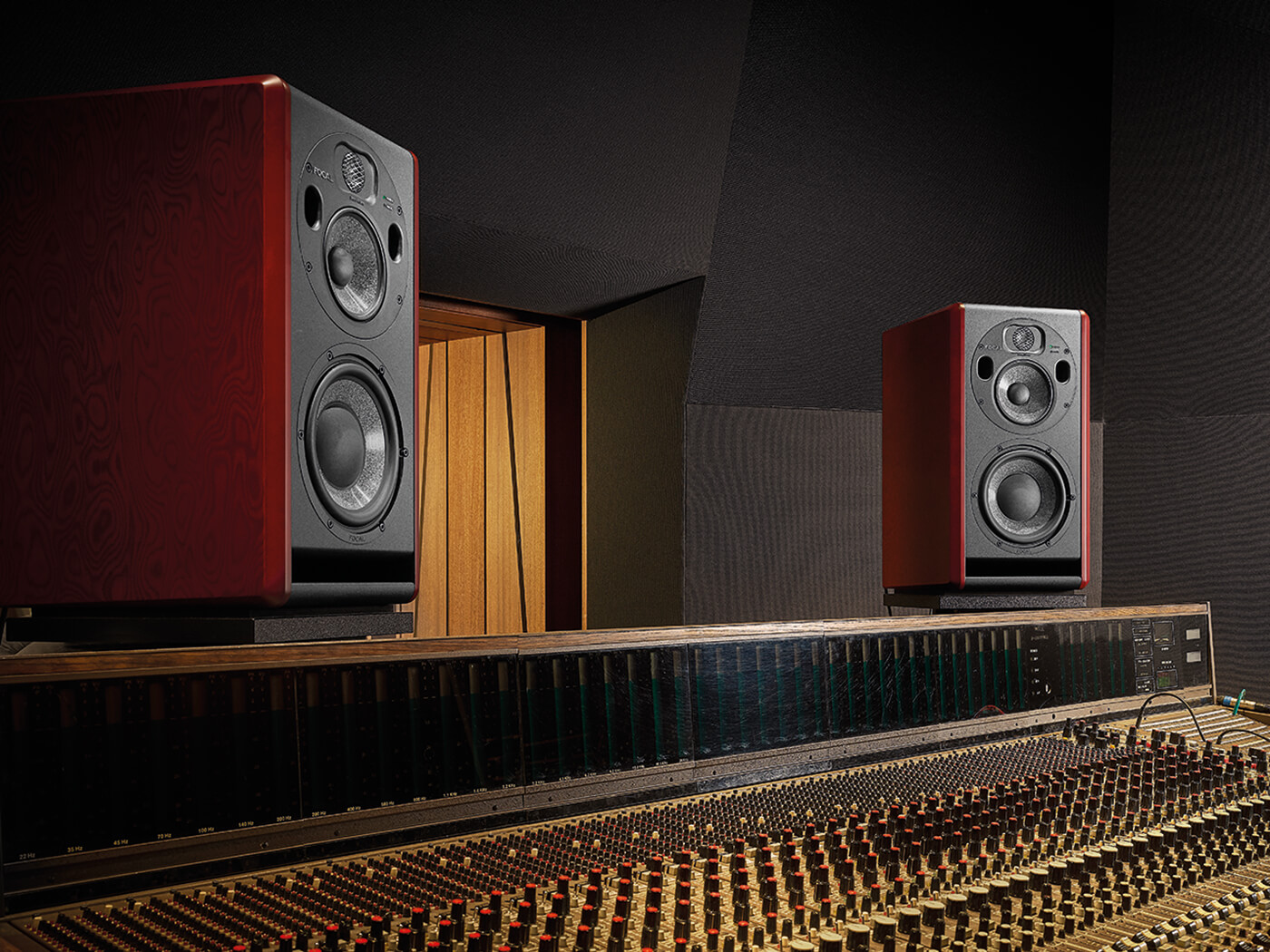
Three-way quality
If you are looking to invest in top-quality monitoring for a non-small room, the Trio6 should always be among your top choices. When executed at this level, three-way monitors are unbeatable for everyday professional audio work and, across a variety of disciplines, Trio6s will eventually pay for themselves. Yes, they are expensive, but they are undoubtedly worth every pound they cost. Quality tools in experienced hands (ears?) make quality work.
References
Beck’s Waking Light is a sonic feast of a track that challenges most playback mediums due to the sheer weight of instrumentation and those enormous toms, and yet the effortless representation of the Trio6s make it clear how the mix was assembled to cram in so many elements. Everything can be picked out, from the bite of compressors to reverb decays to Beck’s tonsils.
In The Opposite from The Smile every detail of Tom Skinner’s deliciously bone dry opening groove committed to tape is laid bare by the Trio6s. The addition of in-your-face stereo spread guitar, chonky bass and Thom Yorke’s pitch-delayed vocal produces a thick mid-rich mix that is rendered all the more pleasurable, thanks to the sheer clarity of the Trio6s.
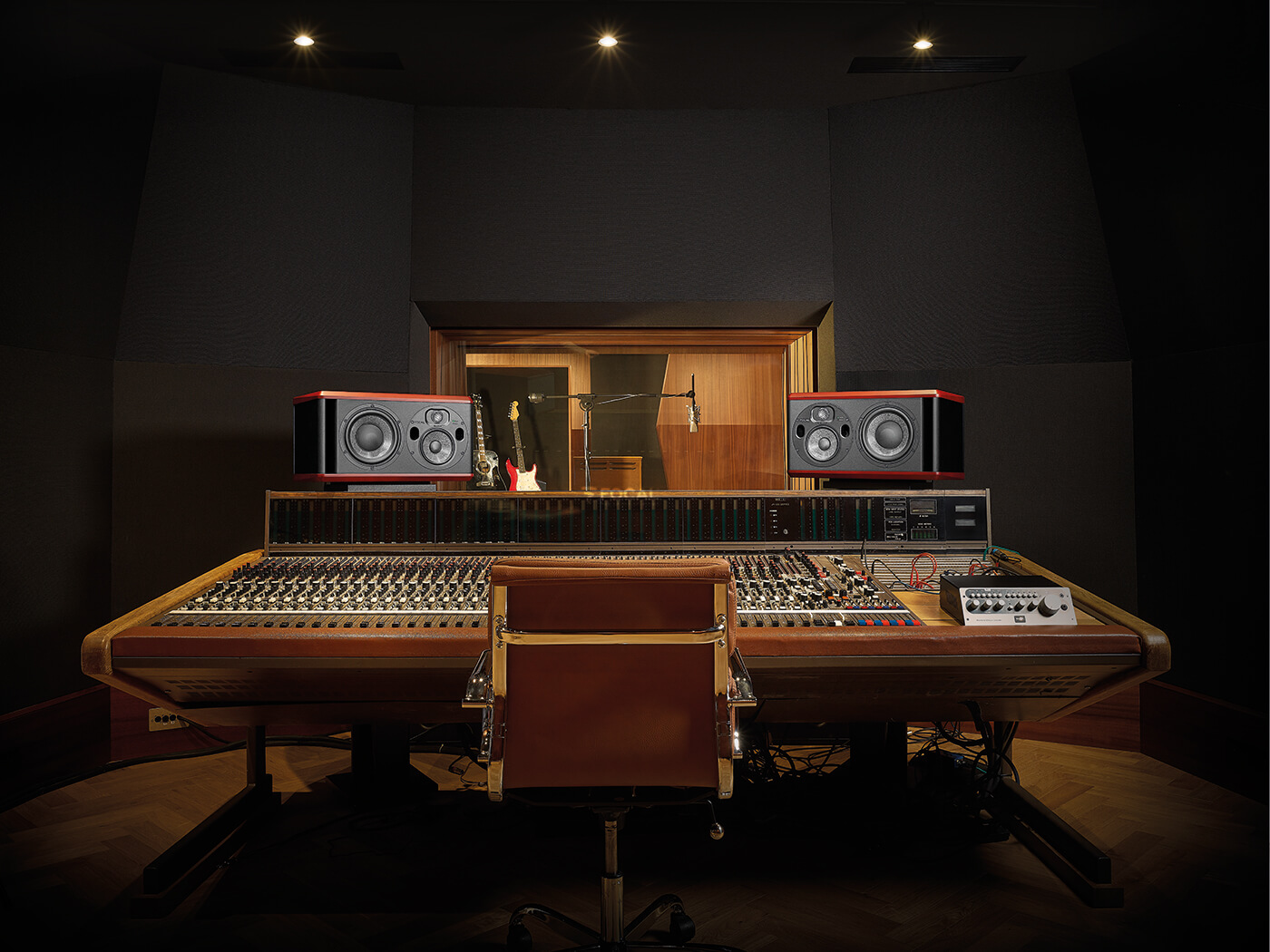
Key features
- Ported 3-way active monitor
- Focus Mode to switch to 1-/2-way for checking translation
- Drivers: 8-inch (16.5cm) and 5-inch (12.7cm) low/mid cones; 1.5-inch (38mm) beryllium inverted cone tweeter
- Contour controls: ±3dB LF & HF shelving; ±3dB LMF (160 Hz); 3-position high pass filter
- Amplifiers: 100W RMS Class-G for low and mid drivers; 50W RMS Class-AB for tweeter
- Frequency Response (-3dB): 35 Hz to 40 kHz
- Max. SPL: 115dB
- Input: Balanced XLR
- Dimensions (H x W x D): 53.7cm x 29.2cm x 36.9cm
- Weight: 25kg
